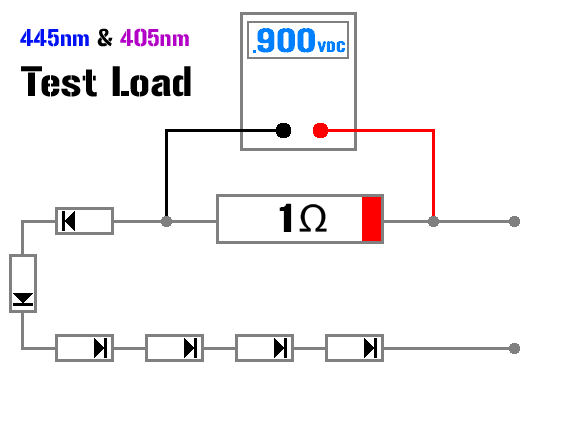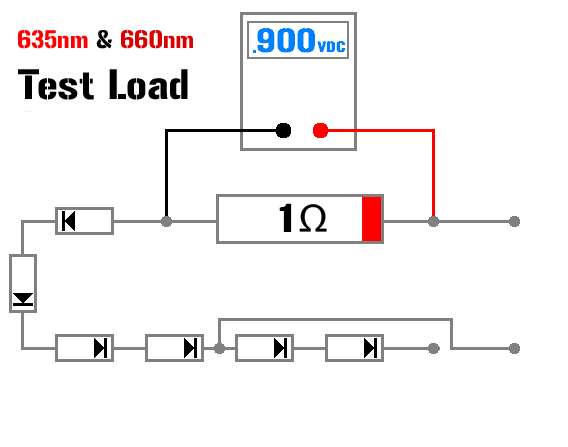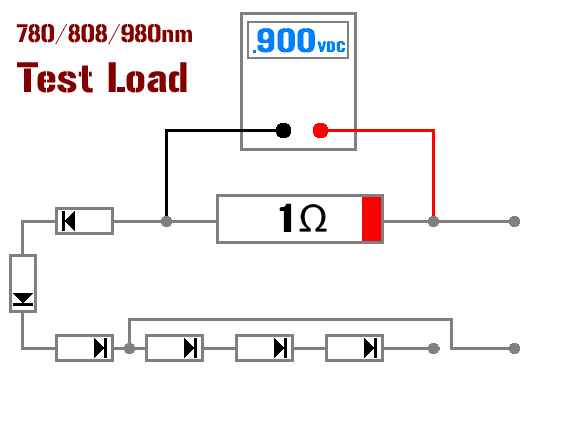Fiddy
0
- Joined
- May 22, 2011
- Messages
- 2,736
- Points
- 63
Hey All
Made a one stop thread for all diode laser test loads.
Inform me if they are wrong and i will fix.
also the .900VDC is just an example voltage/current
As you know 1mV = 1mA



Cheers!
Made a one stop thread for all diode laser test loads.
Inform me if they are wrong and i will fix.
also the .900VDC is just an example voltage/current
As you know 1mV = 1mA



Cheers!
Last edited:



